This interview about ‘transmedia’ actually started for a quite private and personal reason. In 2017, Jonghyun, main vocalist of idol group Shinee, took his own life. I felt strange and sad about this smart young artist’s death. I wanted to understand why he made such a choice so I traced back what he left everywhere in this world. I searched for not only his group’s albums and his solo albums but also almost everything in my reach: novel, radio program and fan club. In this process, I found something interesting. His life as an artist didn’t consist in making completed, individual works but it was rather close to building a huge world of where he wove things he shared with his fans into his continued and crossed activities. For example, I was reading his novel and at some point, the novel guided me to search for a song he wrote on YouTube and to read its lyrics. In some cases, I had to stop reading the novel to listen to a radio program hosted by him. This broadcasting program then led me to other fans’ voices. His scattered traces gathered together as an undefinable form. As the firmly established boundaries of separate media were broken down, Jonghyun’s virtual world seemed to be opened.
Later on, I came to know that such a way of producing content is called ‘transmedia storytelling.’ Some say that the recent film Avengers: Endgame and Korean boy band BTS were able to bring a sensation thanks to such transmedia experiences. As for the fine arts, the theater is increasingly turning to ‘immersive theatre.’ In this new form of theater, there is no boundary between the stage and seats, between the ‘inside’ of the story where the creator is found and the ‘outside’ of the story where the audience are seated. This new genre sometimes fuses with technology.
About the time when I thought that this would be a certain phenomenon, I heard some people argue that critics’ role has become questionable because of the huge number of texts circulating in the media. According to some artists, there is still the argument that technological progress of the media and the fandom of pop culture have made critics’ role obsolete. Reaching this understanding after starting from the shock I felt as a consumer, I came to wonder what artists think of transmedia. After asking those around me to help me find an artist interested in transmedia, I finally had a chance to talk to an artist called Seok-jun Ha.
After majoring in architecture and communication design, Mr. Seok-jun Ha was in charge of overseas exhibition marketing for seven years at Samsung. He then changed his career by entering the plastic arts department at Korea National University of Arts. He started his activities as an artist in 2010 and served as a resident artist of GyeongGi Creation Center at GyeongGi Cultural Foundation and the Goyang residency of the National Museum of Modern and Contemporary Art. Maybe because of his rich experience, his scope of interest was very wide, ranging from blockbuster exhibitions and projects dealing with an artist’s inner side to the distribution and sales of works.
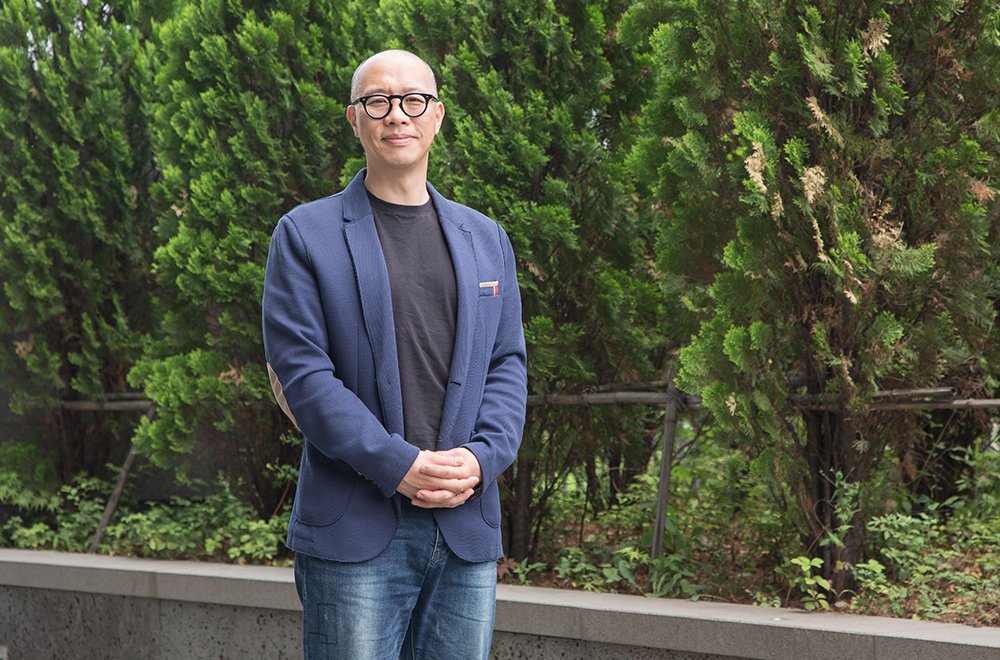
People seem to feel unfamiliar with the term ‘transmedia’ and transmedia artists are rare in Korea. Generally speaking, I don’t have a very deep understanding of the phenomenon. So I first want to hear what you think of transmedia and to talk about your works.
I think that transmedia consists in breaking down the existing boundaries. As the boundaries between genres are broken down and a demand for complex genres is generated, artists can no longer just sit alone for four years and draw a picture. It seems to be time to teach complex media and universities are also establishing transmedia departments. Such a breakdown of boundaries has always existed but no artist wants his or her own boundaries to be blurred. Breaking down boundaries mean taking a road not taken and I believe that Trans-Art is a kind of movement intended to make sure that boundaries are broken down. I often talk to Prof. Ki-un Shin at the Trans-Art department of Yeungnam University. Prof. Shin established the Trans-Art department, which deals with diverse media, because he had felt the need to have a department encompassing the ever-changing environment of artistic creation. The Trans-Art department teaches not only the traditional art genres like plastic arts but also computer and design.
You are using two terms, transmedia and Trans-Art, at the same time. Would they have the same meaning?
‘Trans-Art’ means the work done in the arts scene while ‘transmedia’ refers to actual media that keep generating Trans-Art. The concept is a little different from ‘convergence’ which is often used by policy institutions.
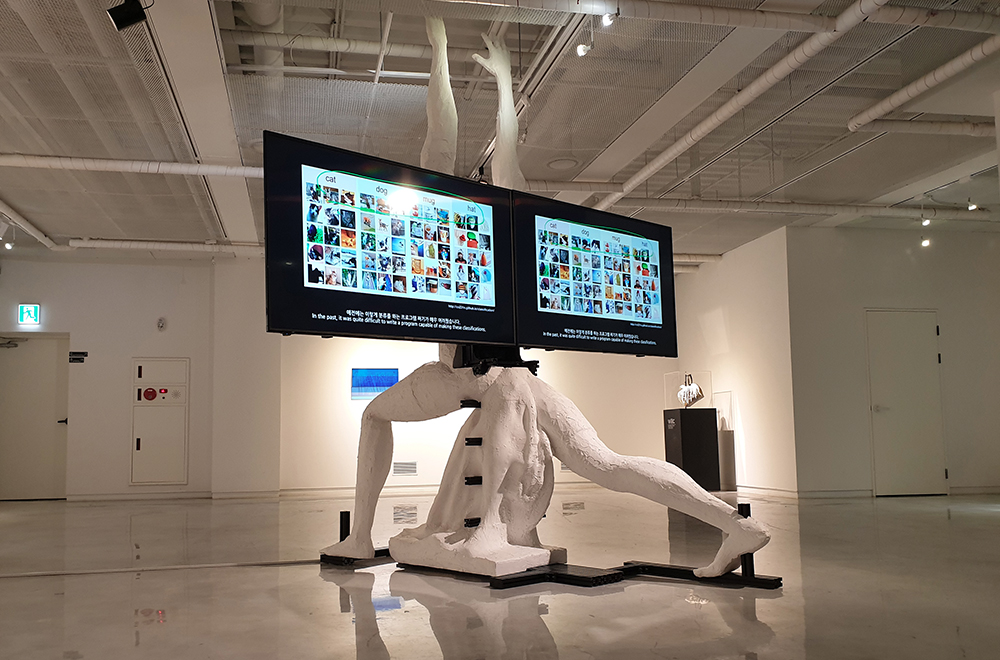
Art work using AI technology Religion is What You Believe and Technology is What You Understand
Before having an interview with you, I looked through what you had done and I found out that you use a great variety of media. You are using not only social networking services but also a 3D printer and AI technology in addition to the traditional media like TV as well as street performances. In short, you seem to be doing everything an artist could do. As an artist, what is the reason why you are flexibly combining different media?
In high school, I had never studied art to enter the university and I had majored in architecture and communication design. So I have engaged in artistic activities through self-learning. Under these circumstances, I have a strong desire to learn something and to explore new media. When I work, I seldom use my insight into given tools. Instead, I often reflect an art work’s concept and its philosophical basis by means of my past experience. I also tend to insist on the origin of certain materials and media. I would be an artist who views a concept and medium on a equal basis and who wants to talk about the medium. For example, I wonder how the programming language was developed.
As an interviewer, one of the most interesting phenomena is the breakdown of boundaries you just mentioned and another interesting element is the audience. Reading texts about transmedia, I felt that the audience is an important element of transmedia. In another interview, you said that people had followed you in line during your performance Monk-Platform of Pain. How does such a response of the audience influence your creating art works?
Among other artists, there are those who could exhibit their work even if there isn’t any response from the audience. They say that it would be good to have people coming to the exhibition but that it is still OK even if nobody comes. But for me, the audience’s response is important. I started Monk-Platform of Pain in 2012. At that time, I walked down the street, carrying a wall mountable TV on my back. The TV’s weight is about 40 kg and it is quite heavy and it even feels religious. I started the performance with a simple intention to physically feel what a medium is, who I am and what ‘pain’ is. But I realized that people’s response was different from area to area. In the Gangnam area in Seoul, there wasn’t any big response but in Milan and in the area around Seoul Museum of Art, people’s response was quite strong. In Milan, someone even asked me how much it would cost to put advertising on the TV that I was carrying. Others talked to me, asking me if I was doing a media performance. Still others were following me and taking photos. Milan was having a design week period at that time so the city itself was filled with artistic energy.
In contrast, people in Gangnam didn’t even look at me. Maybe they won’t turn their eyes to me even if I walk around naked. Gangnam is like a district of mirages, and it’s like an area that was formed yesterday even 100 years later. It’s a nice district but there is no trace of time. The district even forces itself to look old. In other words, there is no ‘cultural air.’ If I hadn’t gone to Milan, I may have stopped the performance after seeing no response in Gangnam. I got older and now, it’s hard to keep carrying a TV. That is why I devised an indoor work based on my experience and feelings of the time when people were following me in line. My works are connected to each other. I accumulate data on people’s response and reflect it in my new work.
I don’t think that consistency in art works is very important. I reinterpret my work according to my interaction with the audience. In this way, I look at my work from a third person’s point of view. Even for the same work, I slightly change its title a year later (just the last part of the title, for example). Like this, I continue to change the title to build my archives of titles.
Listening to you, one thing confuses me because I don’t know much about media art. Your work looks like interactive art. What is the difference between interactive art and transmedia? In addition, there are those who think that transmedia and OSMU are the same thing. Could you explain how they are different?
Interactive art is focused on the functional and technical part of interaction. Simply put, an object changes according to the audience’s response. While interactive art is a concept comparable to the categorization of Eastern and Western paintings in fine art, Trans-Art is more about the flow of industries. So Trans-Art is a much more general term. OSMU (One Source Multi Use) is a term often used in MCN (Multi Cannel Networks) business. It consists in sharing content through different media. In the past, there weren’t many media but today, there are so many of them. While OSMU puts more emphasis on content consumption, transmedia is on the side of production. This is true at least from a perspective of a person in the arts scene.
OSMU could be roughly compared to a bowl and transmedia, to what is contained in the bowl. Hansei University is developing a department regarding space design related to new media. From such a perspective, a space is comparable to a bowl. Recently, I have been asked to change space so I’m looking around many spaces including an old and abandoned fish market in Jeju Island. The spaces I’m visiting are those that need to be filled with cultural content like the Mapo Cultural Storage Site and Bucheon Art Bunker. In these places, it is necessary to help the public understand what is contained in them in addition to developing their space. That is because there is interaction between space and content. First, content becomes different depending on space and the content influences space in turn.
You have a variety of experiences as a maker. Your project ‘Art and Disaster’ is interesting. As a member of the steering committee and resident artist of ‘Space Bar’ in the Seun shopping area, you elaborated on Euro Attractions Show (EAS) in the 2018 Report of Global Game Culture and Makers’ Activities. What is the link between your activities as a maker and transmedia work?
Euro Attractions Show (EAS) is the world’s famous theme park industry show which deals with all industries connected to theme parks. It would have been quite unexpected for buyers but when I introduced my work as a platform that could be exhibited in a small or medium-sized space, many of them showed their interest. These days, the values of certain artistic attempts initiated in Korea are sometimes recognized better in other countries. I’m personally very interested in distribution work intended to make art works go global. In the field of the fine arts, there are events like the Venice Biennale and art fairs. But the biennale is like the Olympics so it is not about industrial growth but about artists’ honor. I would like to generate an in-depth philosophical aura of fine art but at the same time, I’m willing to help people understand art works easily, making the art industry grow. Doing this ultimately requires a mix of media. That is because when it comes to finding a middle ground between entertainment and fine art, transmedia and Trans-Art ensure a flexible approach.
Such work cannot be carried out just with subsidy and its field is a little different. Like K-pop singers, artists also need agencies that could take charge of transport and distribution costs. Indeed, there has been great interest in such agencies in the arts scene. It would be difficult for artists to have an agency but I saw such a case in the Netherlands.
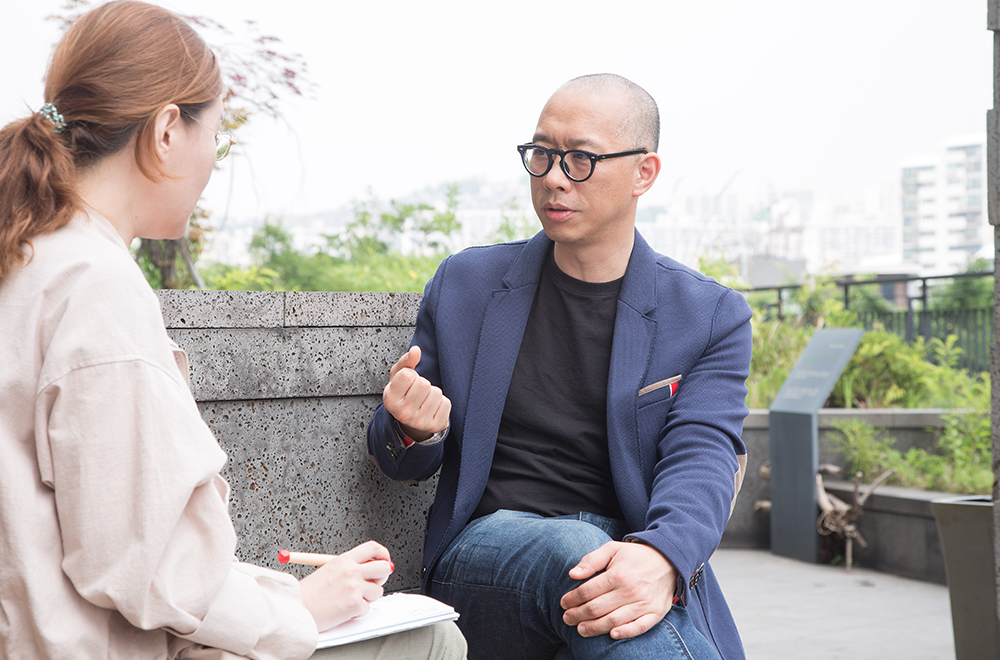
I heard about the secret behind the popularity of K-pop. People find the music attractive because it is dense in itself and it can be enjoyed in diverse media. This is the last question. Could you tell the readers about some transmedia artists who inspire you to stay focused?
There is an artist called Zack Lieberman. He works with coding and he actually developed the coding method I used for my work. Artists like him often carry out expandable, group-based projects. On the other hand, artists who work on traditional media just have their students but they seldom do group work. For example, Takashi Murakami has exhibitions of pictures drawn by his assistants. I don’t want to work that way but I want co-creation work. In my view, not individual-oriented work but group-oriented work is much more suitable for transmedia and Trans-Art work. Transmedia involves mixing different media so through collaboration, I can work while learning things I don’t know. If collaboration projects go on through transmedia, the arts scene could grow further industrially. It is difficult for an artist to go global alone. Entering the global market needs a certain number of people working together. I would like to work with several people just like soccer players and BTS. It is not easy for artists to collaborate but I believe that it is possible by means of transmedia.
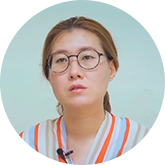
About the Writer
Yu-jin Kim / Independent planner
Yu-jin Kim worked for Daum Communications and Naver. Thinking that she would be happier in the public sector, she left her companies to work on projects and research concerning living culture and arts and culture education. Joining Haja Center (Seoul’s job experience center for adolescents), she often conducted interesting projects regarding cultural planning and recording (e.g. space planning, observation of and interview with citizens and combination of installation art and statistics). She currently serves as a main mentor of the “Ethical Upgrade of Cultural Planning,” a project run by Bucheon Cultural Foundation to nurture professional human resources for local culture.








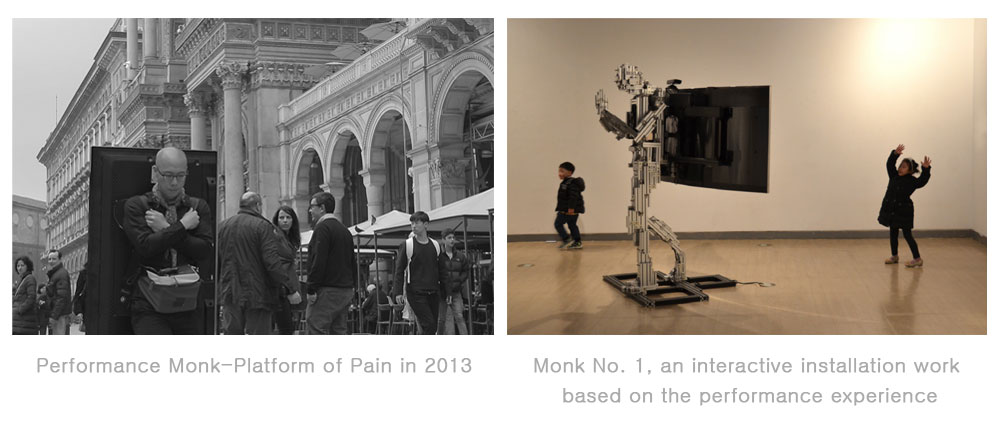

 PREV
PREV
.jpg)
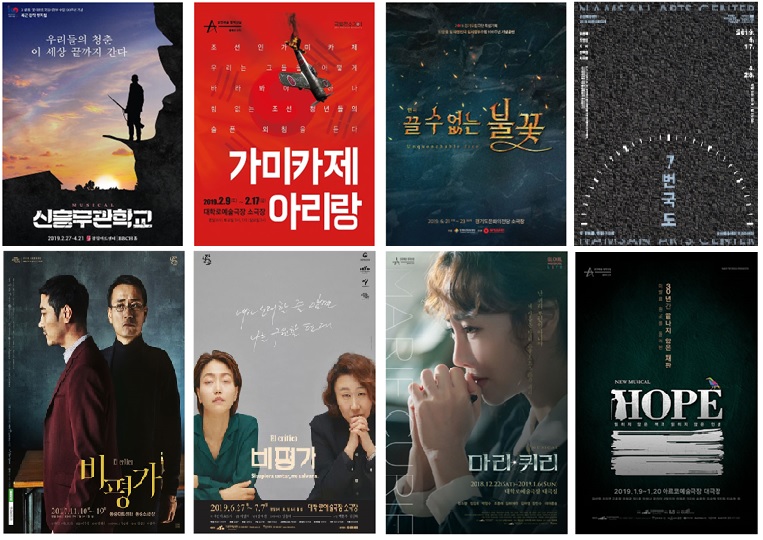
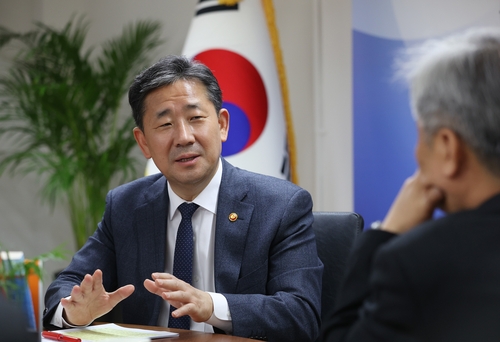
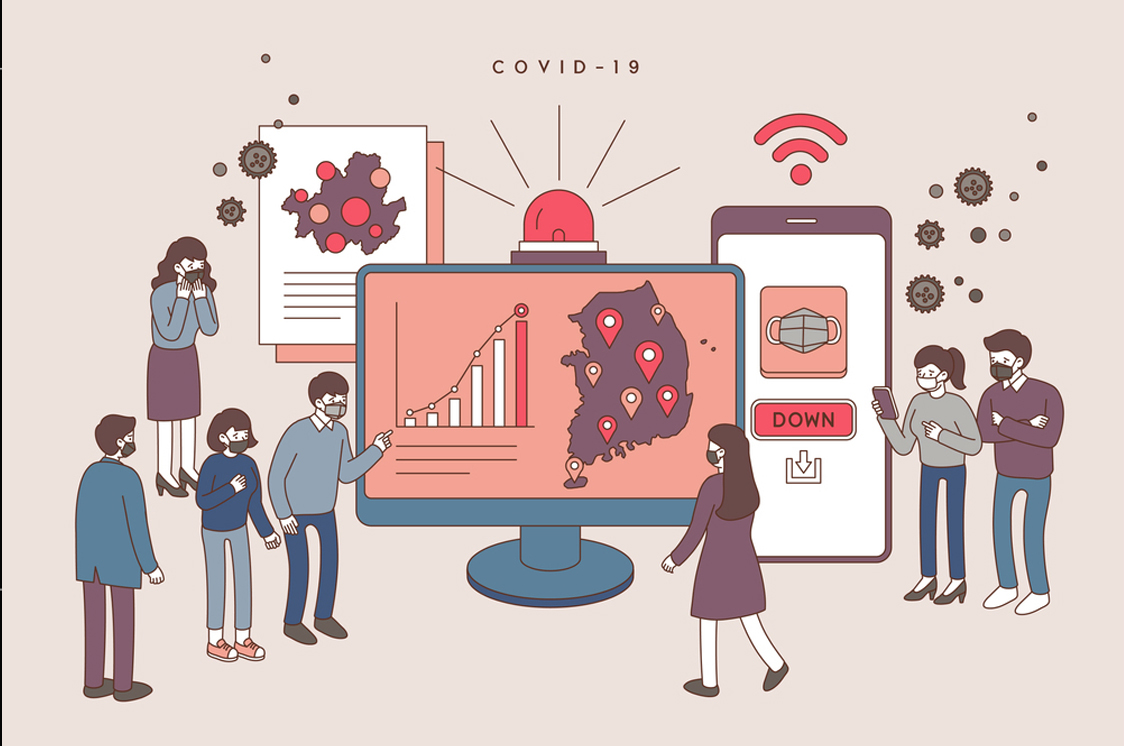
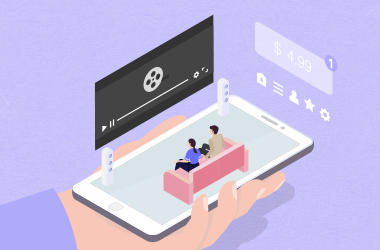
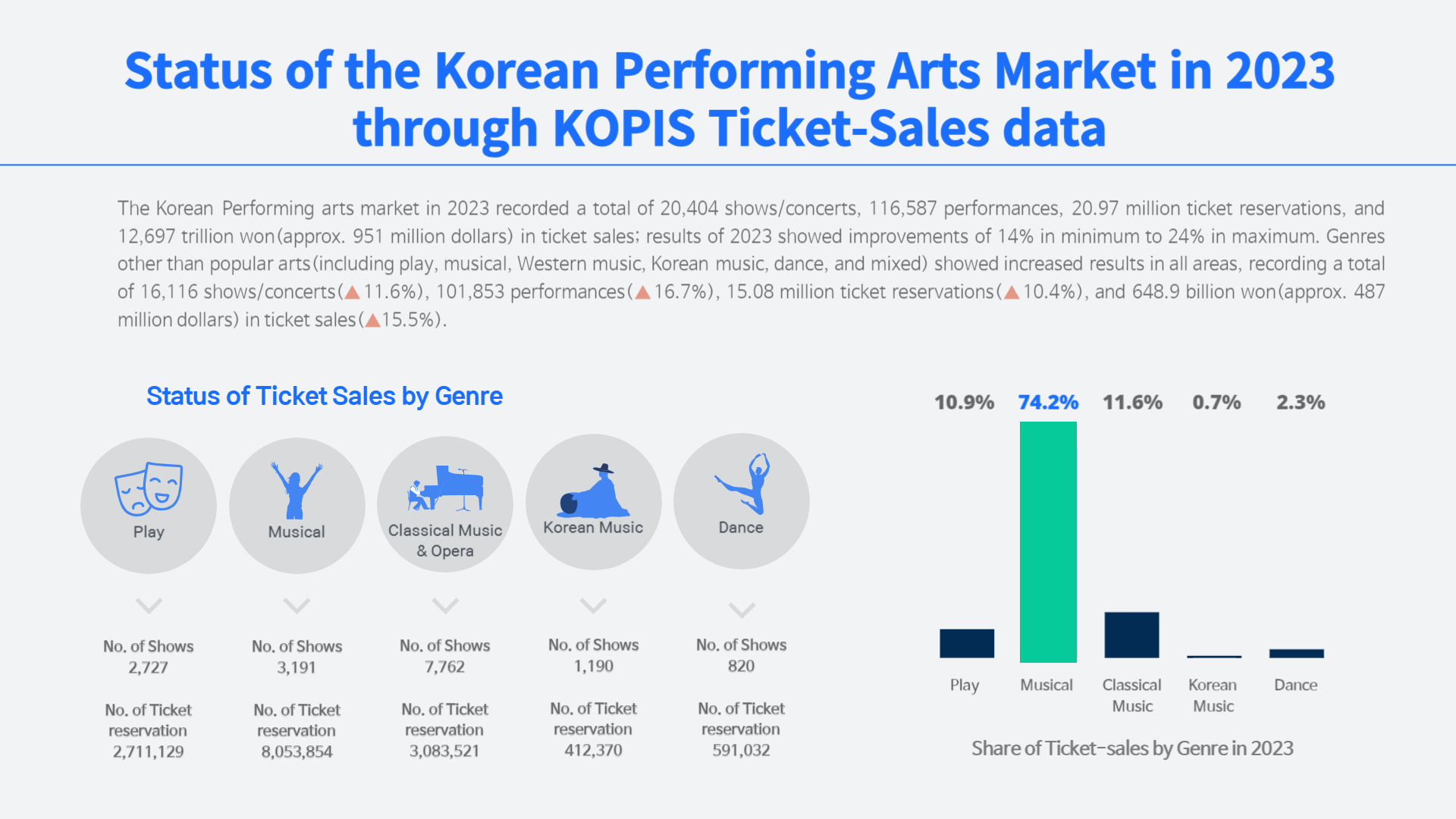
.jpg)
.jpg)
.jpg)
.jpg)











